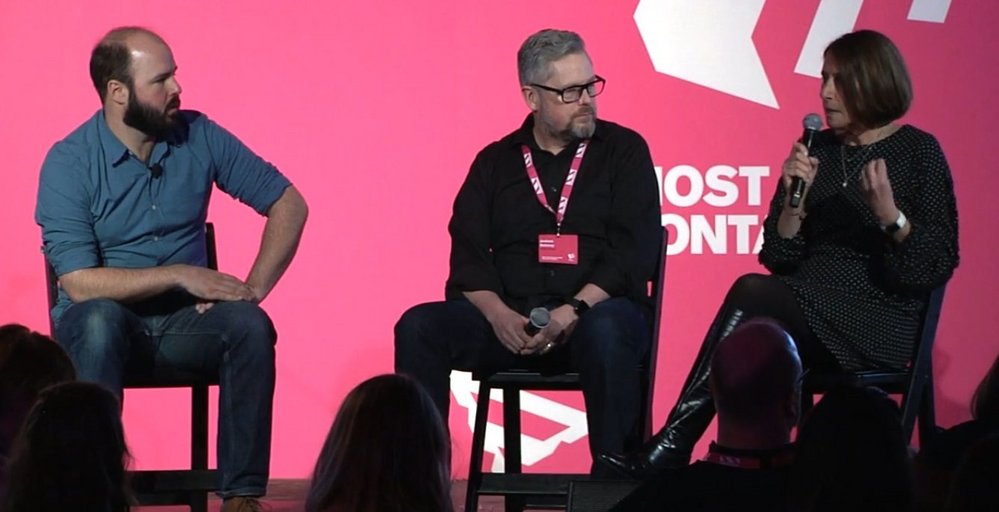Promoted content
How the AARP and Getty Images are disrupting ageing /
Most Contagious thought leader partners the AARP and Getty Images on creating an image library to help over 50s feel seen

The creative industries must abandon the clichés and tell the real story of how people are ageing today, urged the AARP and Getty Images at Most Contagious New York.
Barbara Shipley, senior vice president of brand integration at AARP, and Andrew ‘Dizz’ Delaney, director and head of creative and production at Getty Images, hosted a lunchtime session at Most Contagious on 29 January to discuss their Disrupt Aging collection.
The collection of images show the reality of getting older in today’s society, not stereotypes of frail old men fishing and women gardening. The joint initiative is part of a multi-year global initiative to change misconceptions around ageing.
Shipley opened by explaining that AARP was a social mission organisation that worked with people over 50 to shape the future of ageing and empower people to choose how they live as they age.
Already, in the US, there are 114 million people over 50 (about a third of the population), and 85+ is the fastest-growing demographic in the country, said Shipley.
A group with such large numbers experiences life in an almost infinite number of different ways but, lamented Shipley, advertisers seem stuck on the same old stereotypes.
Andrew 'Dizz' Delaney, Getty Images
Hence the decision to create a collection of images with Getty Images which, according to Delaney, has been on an authenticity and inclusiveness ‘kick’ since it became obvious that people were more visually aware than at any other time, and were instantly turned off by pictures that felt fake or didn’t reflect reality.
Shipley clarified that it was in brands’ interests to create advertising messages that appealed to, and authentically represented, over 50s: this cohort contributes $8.3tn to the US economy (approximately 56 cents of every dollar spent), she said, adding that the AARP’s data shows 80% of these people don’t feel represented by advertising.
The Disrupt Aging collection will help rectify the situation by giving brands access to a library of images that don’t exist anywhere else, which reflect the diversity of over 50s’ lived experience and which have been tagged to appear in a range of searches.
‘You’ll need to filter them out not filter them in,’ explained Delaney.
Towards the end of the session, a member of the audience asked about the tension between younger and older generations, with the former blaming the latter for ruining the economy and the environment, and how that resentment had been channeled into a new insult, ‘OK Boomer’.
Shipley responded that AARP’s point of view has never been ‘one of generational warfare’, adding: ‘Yes, we help workplaces understand the value of the older worker, but we really talk about the world in terms of it being multi-generational.’
Want more of the same? /
We don’t just write about best-in-class campaigns, interviews and trends. Our Members also receive access to briefings, online training, webinars, live events and much more.




